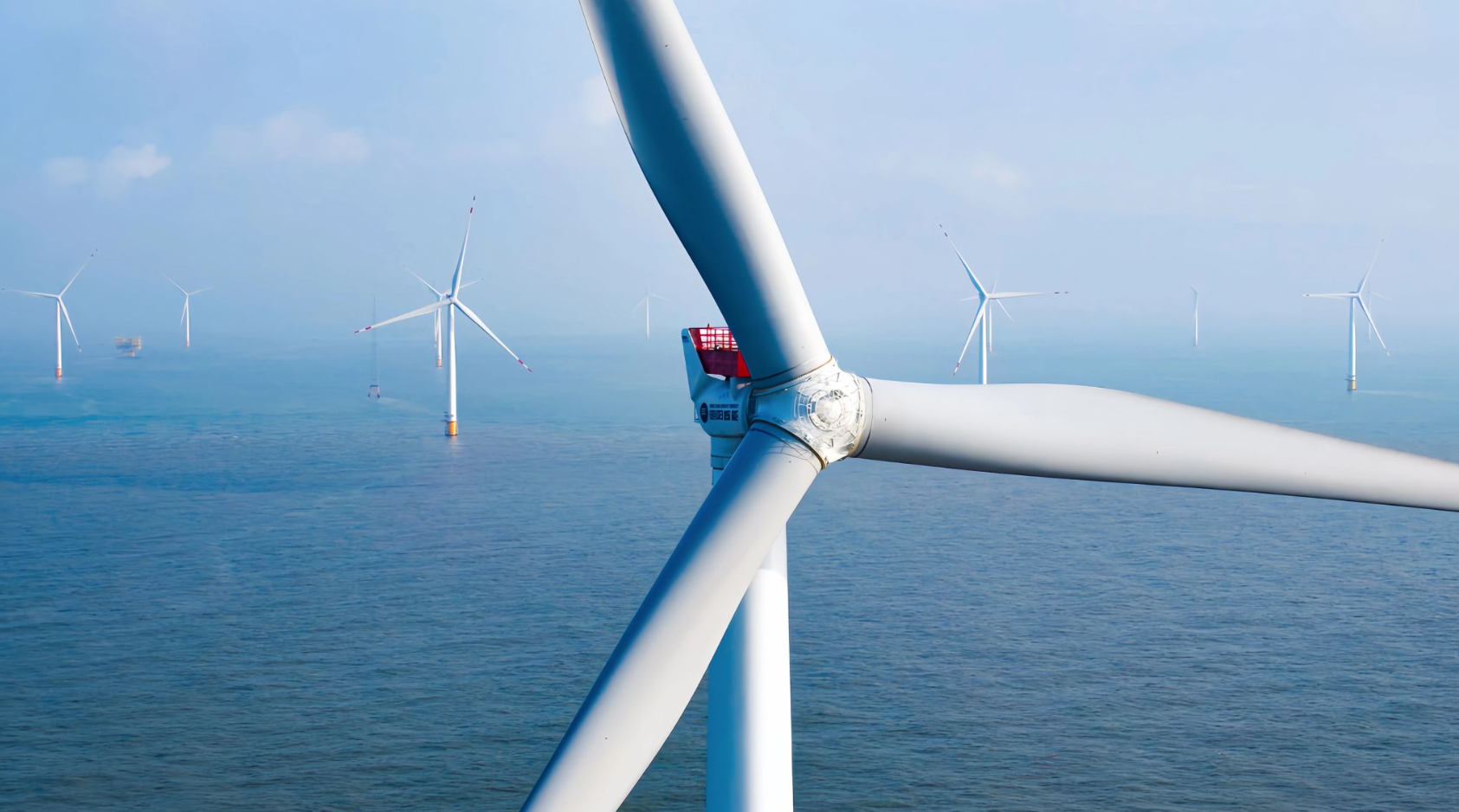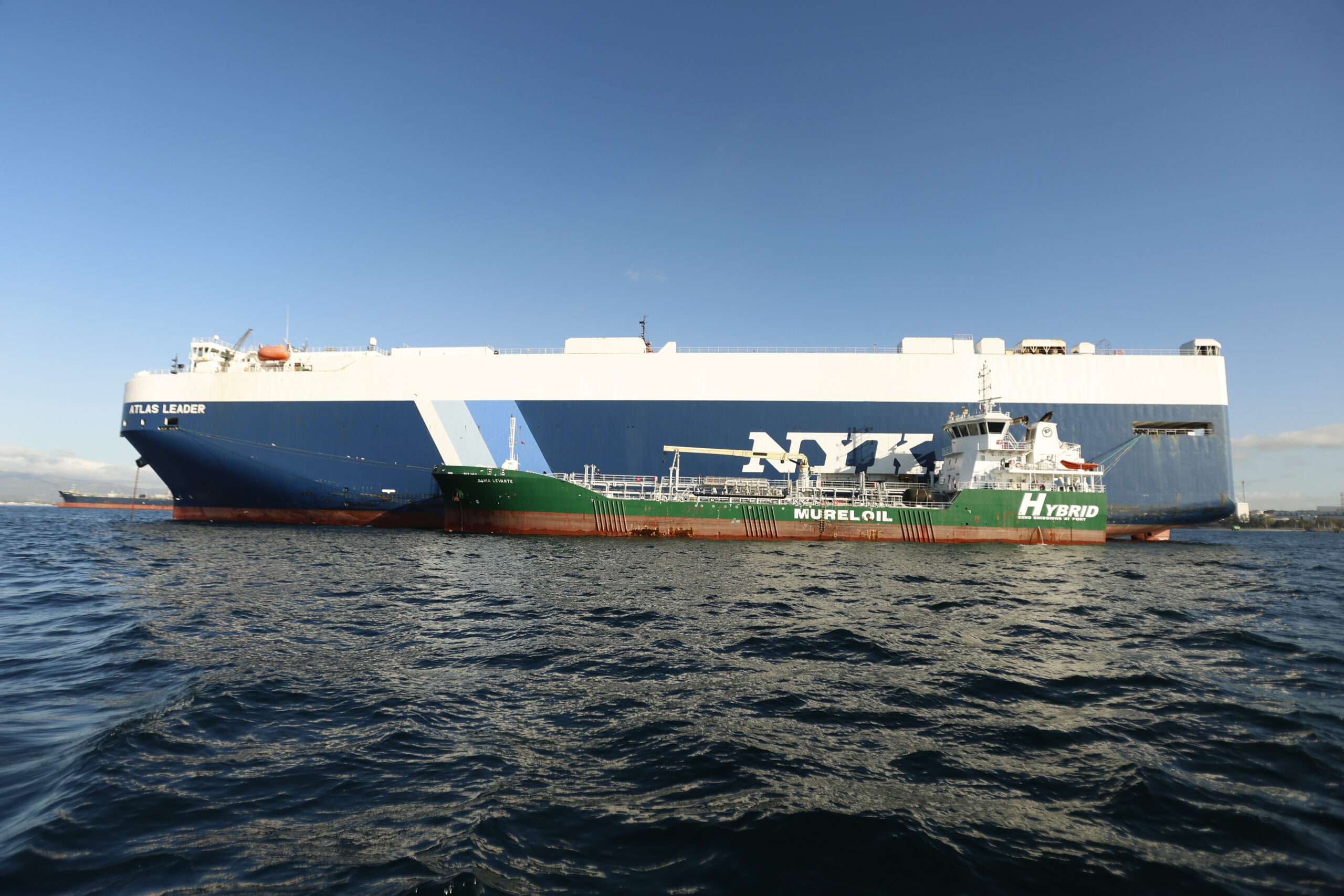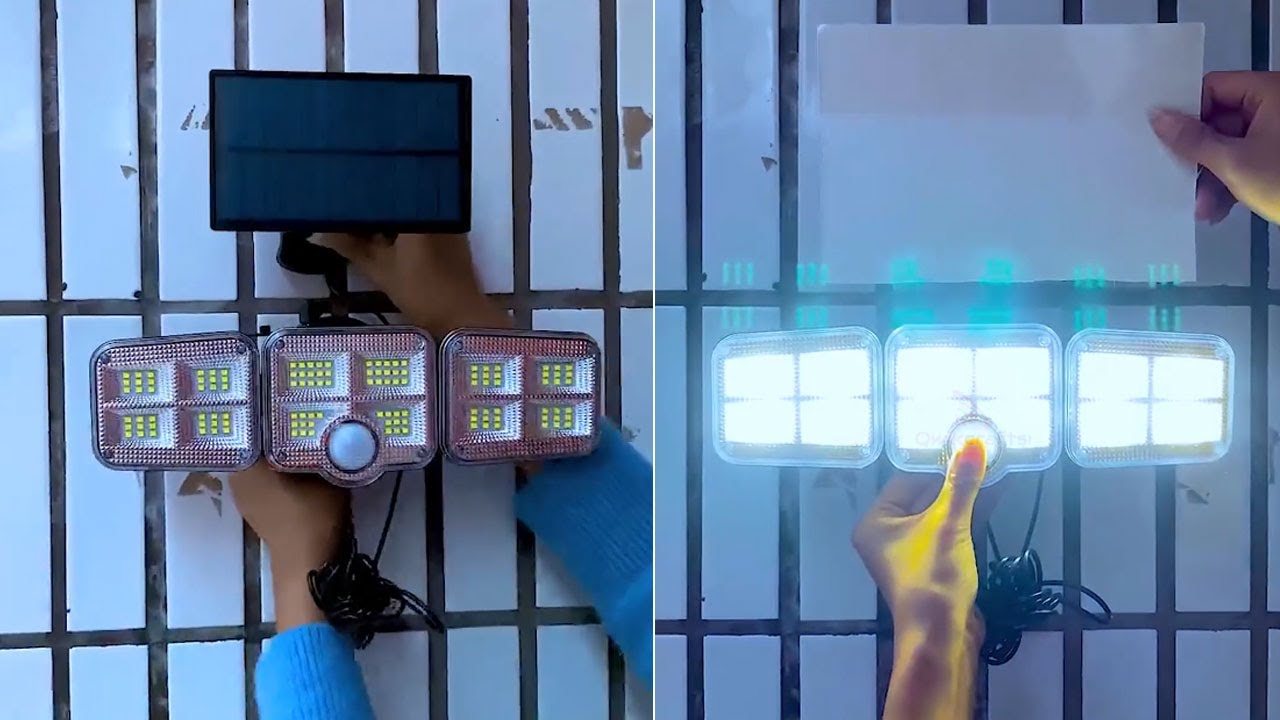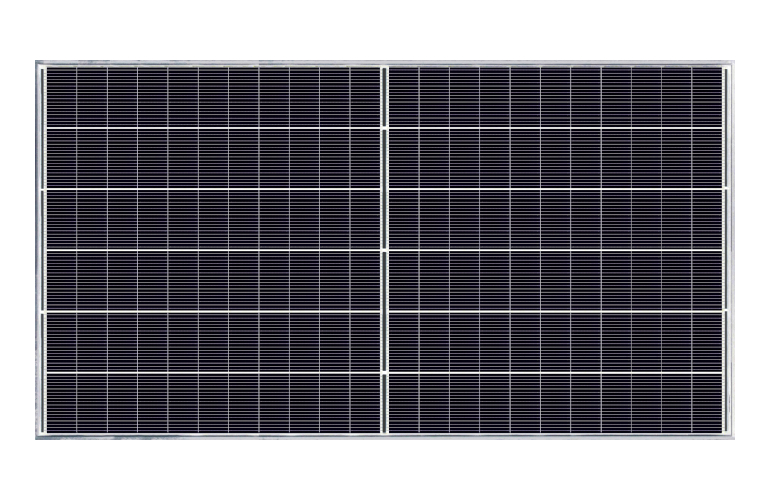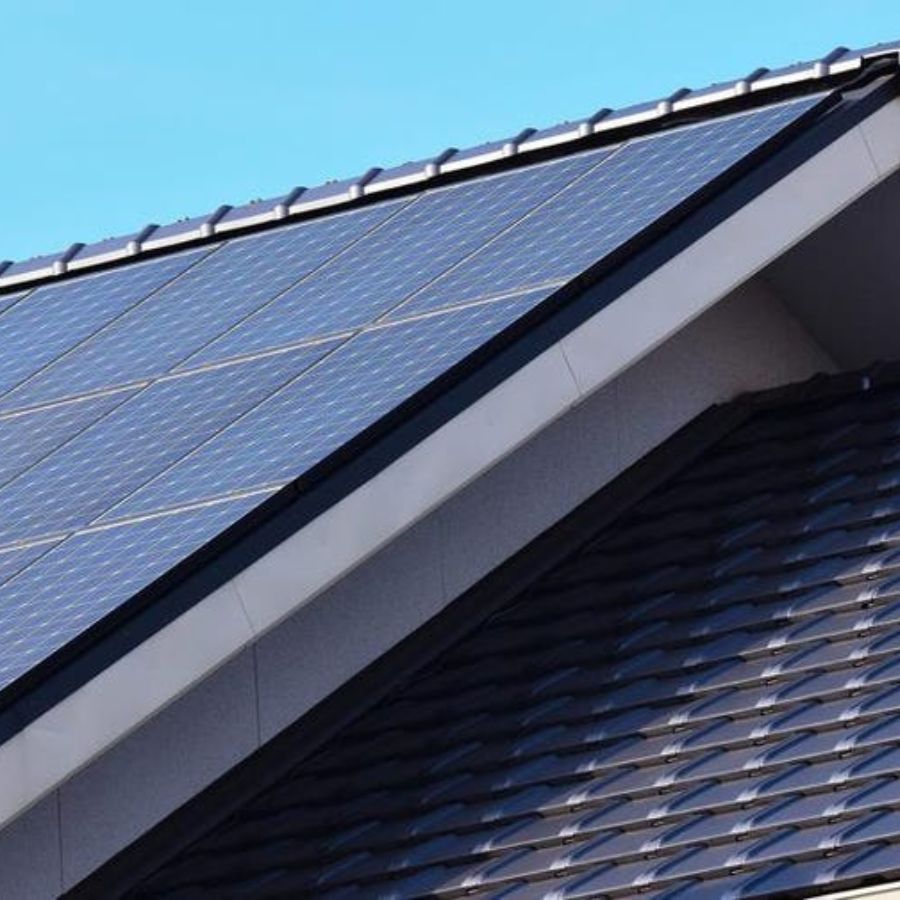
In the quest for sustainable energy solutions, solar power has emerged as a frontrunner. Harnessing the sun’s abundant energy through photovoltaic panels not only reduces our carbon footprint but also saves money in the long run. However, a critical decision in maximizing solar panel efficiency is determining the optimal direction they should face. Should they tilt towards the equator for maximum sun exposure or angle towards the south for better seasonal performance?
In this article, we delve into the factors that influence the direction of solar panels and provide insights to help you make an informed decision.
Understanding Solar Panel Orientation
In solar panel installation, the fundamental principle is optimizing exposure to sunlight for efficient solar power generation. Solar panels are engineered to convert sunlight into electricity, necessitating strategic placement. In the northern hemisphere, panels should ideally face south to capture maximum sunlight. Conversely, in the southern hemisphere, panels are best positioned facing north. This orientation ensures optimal utilization of solar energy, underlining the significance of correct solar panel alignment for successful solar power production.
Factors Affecting Solar Panel Orientation
-
Geographical Location
When determining the direction for solar panels, your geographical location takes precedence. For ground-mounted solar panels, this consideration is pivotal. In the northern hemisphere, aligning solar panels southward is optimal. This positioning ensures panels bask in prolonged sunlight, bolstering power production. Conversely, if you reside in the southern hemisphere, north-facing solar panels are advised. This strategic orientation guarantees direct exposure to sunlight, a fundamental tenet of efficient solar panel operation. Understanding your location’s hemisphere-specific recommendations is a pivotal step in harnessing the full potential of solar panel installations.
-
Tilt Angle
The tilt angle of your solar panels also plays a significant role in their efficiency. The angle of tilt varies depending on your latitude. For instance, at the equator, panels should ideally be installed flat, while at higher latitudes, a steeper tilt is recommended to capture sunlight better. Adjusting the tilt angle seasonally can further optimize solar energy production. In winter, a steeper angle captures more sunlight despite the lower position of the sun, while a shallower angle in summer ensures panels are exposed to maximum sunlight.
-
Local Climate
When determining the direction for solar panels in your solar power system, it’s essential to consider the local climate’s impact. Factors such as weather patterns and cloud cover influence the sunlight your solar panels receive. In areas with reliable sunshine, panel orientation might be less critical. However, regions with erratic weather can benefit from strategic adjustments. Adapting the panel orientation to maximize sun exposure during the brightest hours of the day can counteract the effects of cloudy days. By factoring in the local climate conditions, you can fine-tune the placement of your solar panels and optimize their performance within your solar energy system.
-
Energy Consumption Patterns
Considering your solar energy system’s efficiency extends beyond solar array and solar panel tilt angle – your energy consumption patterns matter too. If you have peak energy usage in the morning or evening, consider orienting solar panels slightly east or west. While this optimizes energy capture during high-demand periods, it may marginally reduce daily energy production compared to a traditional south-facing roof orientation. This approach harmonizes solar panel placement with your usage habits, potentially enhancing energy utilization and cost savings. Balancing energy production with consumption patterns underscores the versatility of solar power systems, enabling you to tailor the direction of solar panels to suit your specific needs while optimizing overall efficienc
-
Shading and Obstructions
When installing solar panels, their exposure to sunlight is paramount. Even minor shading from trees, structures, or obstructions can have a notable impact on solar panel performance. Even if your solar panels south-facing or tilted for optimal energy capture, shading can lead to energy production losses. To ensure maximum efficiency, assess potential shading concerns at various times of day and throughout the year when deciding your panel orientation. If shading is a concern, adjusting the panel direction might be necessary to avoid these hindrances. By prioritizing an unobstructed solar panel installation, you can safeguard against energy losses and maximize the benefits of your solar power system.
Making the Right Choice
When deciding the direction of solar panel placement, there isn’t a one-size-fits-all answer. It’s a balancing act that involves considering multiple factors and finding the optimal compromise. Here are some steps to guide your decision:
-
Assess Your Location
When setting up a solar system, pinpointing the best direction for solar panels is rooted in understanding your geographical location and its hemisphere. Are you in the northern or southern hemisphere? This fundamental knowledge acts as the cornerstone for establishing the initial orientation of your solar panels. The decision on whether your solar panels should be tilted or directed in a particular way hinges on this primary factor. By embracing the guidance offered by your hemisphere, you lay the groundwork for a solar energy system that efficiently harnesses sunlight. This understanding forms the basis for maximizing solar panel efficiency and ultimately reaping the benefits of renewable energy.
-
Evaluate Tilt Angle
When you embark on the journey to install solar panels, one critical aspect is determining the ideal tilt angle based on your geographical latitude. This angle plays a pivotal role in optimizing the energy output of your solar panels. Thankfully, you don’t have to be an expert in trigonometry to accomplish this; there are online calculators and solar energy professionals at your disposal.
Your latitude is a geographical coordinate that measures the distance from the equator. The Earth’s angle relative to the sun changes throughout the year, and this is particularly relevant when it comes to capturing solar energy effectively. An appropriately calculated tilt angle aligns your solar panels for maximum sunlight absorption year-round.
Online calculators consider your latitude and local solar insolation data to provide an angle that enhances energy production. Solar energy professionals bring their expertise to the table, factoring in not just the science, but also the specific conditions of your location.
-
Consider Climate and Consumption
When strategizing the positioning of solar panels, it’s crucial to factor in both the local climate and your energy consumption patterns. The interplay between these elements can significantly impact the efficiency of your solar energy system.
First, delve into the specifics of your local climate and weather patterns. If your area enjoys abundant sunshine, the orientation of your solar panels might be less critical. However, in regions with erratic weather, such as frequent cloud cover, tailoring your panel orientation becomes paramount to ensure consistent energy generation.
Secondly, analyzing your energy consumption patterns is equally pivotal. By comprehending when your energy needs peak throughout the day, you can strategically align your solar panels to capture the maximum sunlight during those crucial hours. This synchronization between energy consumption and solar panel orientation can optimize your solar energy system’s performance, effectively reducing your reliance on the grid during peak times.
-
Shading Analysis
Before finalizing the orientation of your solar panels, conducting a thorough shading analysis is a crucial step. Shading from nearby structures, trees, or other obstructions can significantly impact the performance of your solar panels, potentially leading to reduced energy generation.
During a shading analysis, you assess how shadows move across your property throughout the day and across different seasons. This process allows you to identify potential sources of shading and their impact on solar panels. If shading is detected, it’s important to address it proactively.
One option is to adjust the orientation of your solar panels to minimize shading during peak sunlight hours. For instance, if a neighboring building casts a shadow in the morning, orienting panels more towards the west might help mitigate this issue. Alternatively, you can explore shading mitigation strategies such as trimming or relocating trees, adjusting the height of nearby structures, or using shading-tolerant panel designs.
By incorporating the insights gained from a shading analysis, you can fine-tune the orientation of your solar panels to optimize energy production. This proactive approach ensures that your solar panels, whether tilted or facing a specific direction, receive ample sunlight, maximizing their efficiency and contributing to a more productive solar energy system.
-
Consult Professionals
When it comes to deciding the optimal orientation for your solar panels, seeking advice from solar energy professionals or reputable companies can be immensely valuable. Their expertise can guide you through the complexities of solar panel installation and ensure that your panels, whether tilted or facing a particular direction, are positioned for maximum efficiency.
Solar professionals take into account various critical factors, such as your geographical location, local climate, shading concerns, and even your energy consumption patterns. By analyzing these variables, they offer tailored recommendations that align with your unique circumstances.
Should you have doubts or questions about the ideal tilt angle or direction for your solar panels, these experts can provide clear and personalized insights. They understand the intricacies involved and can help you make an informed decision that aligns with your energy goals.
Collaborating with solar professionals not only helps you make the most of your investment but also ensures that your solar panels are positioned optimally to capture sunlight effectively. By leveraging their knowledge, you can navigate the technical aspects of solar panel orientation and confidently embark on your journey towards a more sustainable energy future.
Conclusion
Determining the direction solar panels should face is a crucial step in maximizing their efficiency and energy production. While there are general guidelines to follow based on geographical location and tilt angle, other factors like climate, consumption patterns, and shading also come into play. Ultimately, the right choice will be a customized solution that suits your specific situation and energy goals. By carefully considering these factors, you can harness the power of the sun to its fullest potential and enjoy the benefits of clean, renewable energy for years to come.



